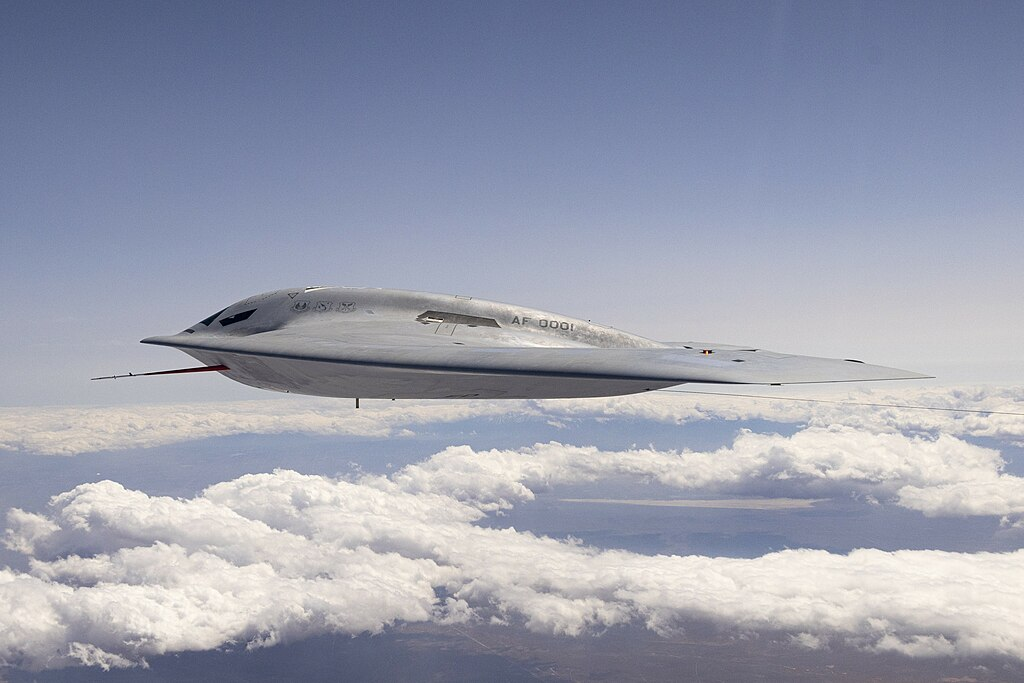
“In war, the simplest things are the hardest.” That old maxim is finding new life in the skies over Xinjiang as what looks to be the first public flight has been made by China’s massive GJ-X stealth drone. The footage, though brief, is telling, already stirring debate among defense watchers: is this an unmanned bomber, a high-end ISR platform, or a multirole combat aircraft?
The appearance of the GJ-X is more than a milestone in engineering; it’s also a strategic signal. Its wingspan near to that of America’s B-21 Raider, with a flying-wing planform optimized for stealth, puts China squarely in the race for unmanned systems able to reach into strategic areas. Here are nine critical takeaways based on technical analyses, historical parallels, and evolving U.S. countermeasures for making sense of this development within the broader context of the U.S.-China military technology competition.

1. A Rare Class of UAV Size and Stealth
From the satellite imagery and video, the wingspan of the GJ-X is estimated at about 42 meters, ranking it among the largest stealthy drones seen so far. Such dimensions are exceptional for an unmanned aircraft, with huge payload capacity, huge fuel reserves, and mission endurance. Comparable in span to the B-21 Raider, it hints at ambitions beyond tactical roles, perhaps as far-reaching as intercontinental missions. The flying wing cranked-kite design has been optimized both for low radar cross-section and for aerodynamic efficiency-a combination few countries have mastered.
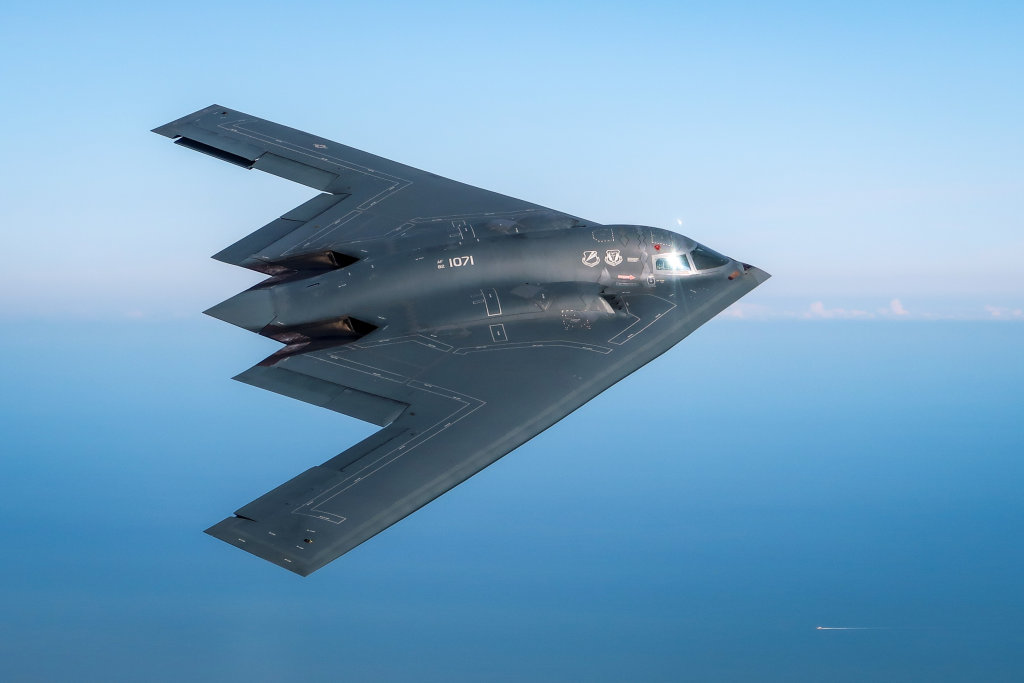
2. Distinctive Airframe Features
Closer examination of footage reveals split rudders on the wingtips, similar to the control architecture on the B-2 Spirit. A small, off-center hump above the tail likely marks a recessed twin-engine exhaust to reduce infrared signature. The counter-shaded coating on its underside-those dark patterns that mimic conventional fuselage shapes-draws on camouflage principles dating back to WWI artists like Abbott Thayer, seeking to confound visual identification at altitude.
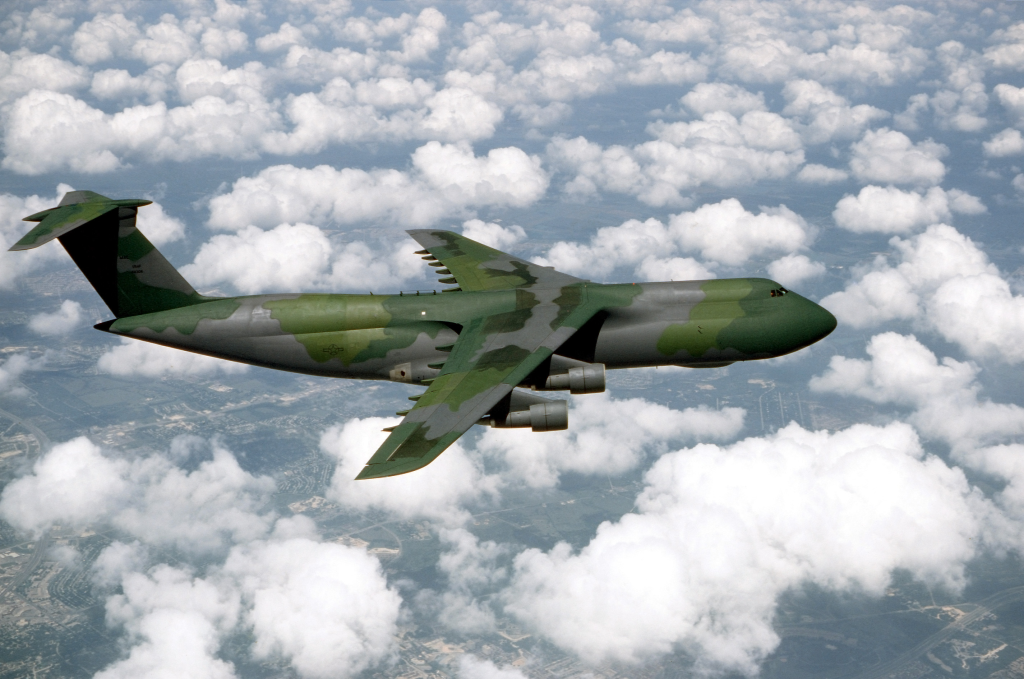
3. Camouflage as a Stealth Multiplier
Counter-shading, as used here, has a long ancestry from early aviation to modern multispectral concealment. As was noted with World War II haze paint schemes, the changing tone and shadow can make aircraft appear flatter and more difficult to visually follow. For drones like the GJ-X, this adds a layer of passive defense against optical and infrared sensors to complement radar-evading geometry.

4. Possible Mission Profiles
Analysts are divided over whether this is a large unmanned combat air vehicle for kinetic strikes, others a stealth bomber prototype, while many claim it’s a high-altitude ISR platform similar to America’s rumored RQ-180. A multirole design fusing strike, surveillance, and electronic warfare would go hand in hand with the emphasis that has been placed by the PRC on versatile, AI-enabled systems that can self-coordinate across domains.
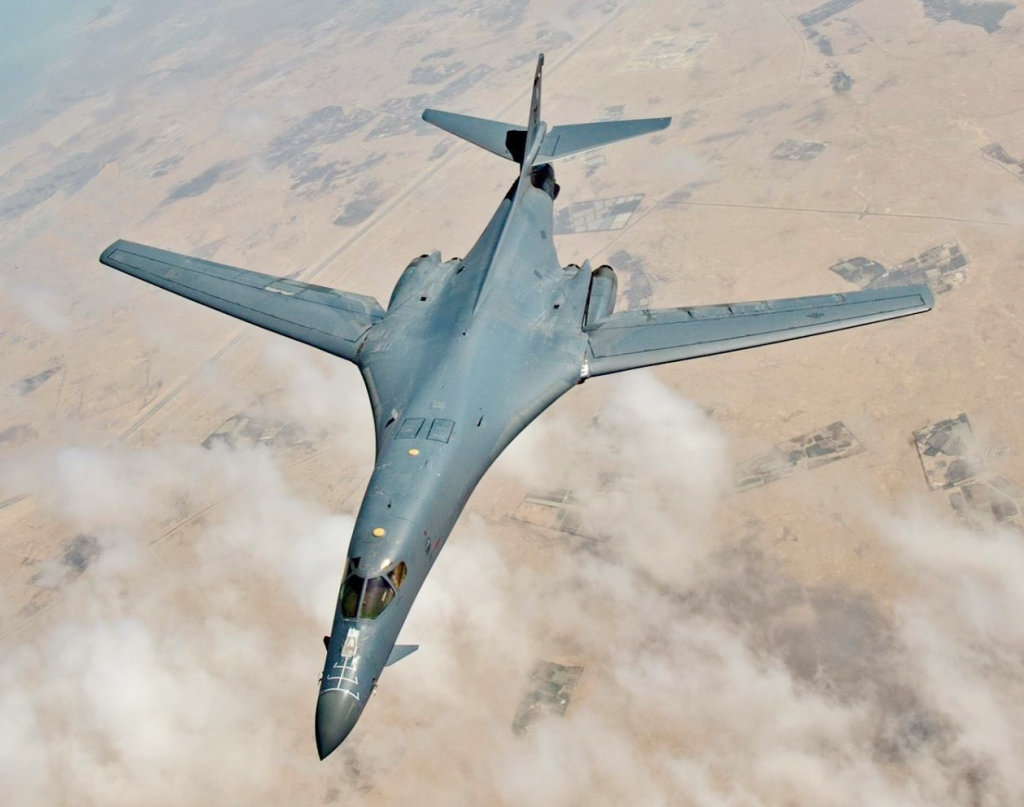
5. Strategic Context: Parallel to H-20 Development
China’s manned H-20 stealth bomber has not been released, though official hints suggest that it may be years away. The GJ-X could act as a technology pathfinder testing materials, avionics, and mission systems in service for both manned and unmanned strategic platforms. That is underlined by the statement of Lieutenant General Wang Wei this March 2023, saying that the H-20 would be unveiled “soon”, while the development runs on a parallel track-one very public, one shadowed.
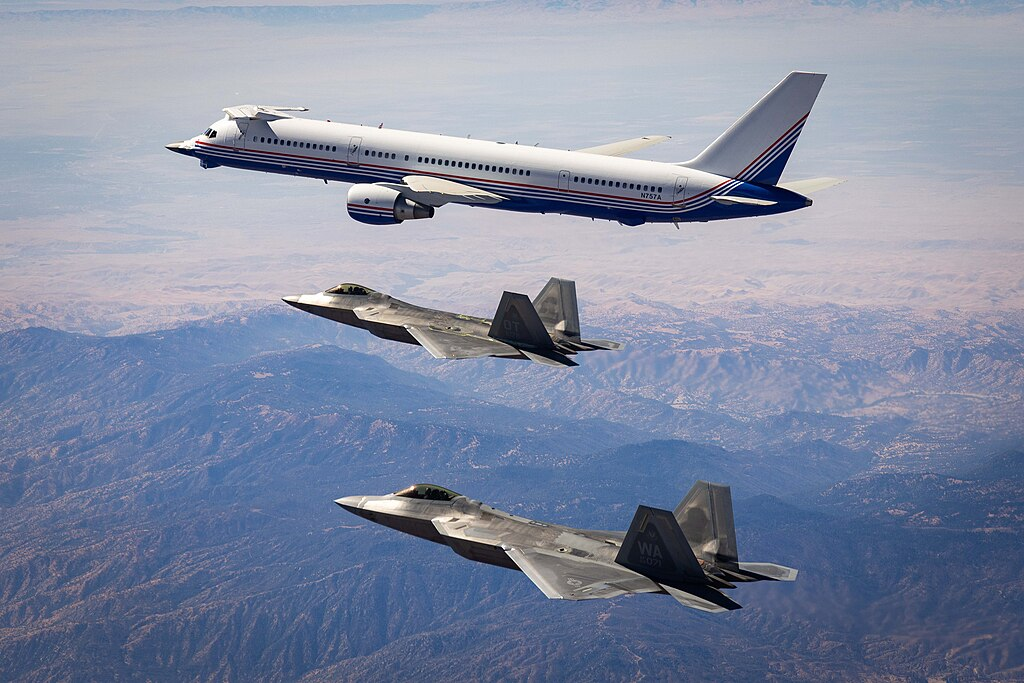
6. U.S. Countermoves: The Vectis Program
Vectis is the Lockheed Martin bid to field survivable multi-mission drones in two years. Within the Agile Drone Framework, Vectis places a particular emphasis on modular payloads, open mission systems, and finally, integration with F-22s and F-35s. Smaller than GJ-X, its Group 5 classification and emphasis on interoperability seek to make up for numerical or size disadvantages through networked combat power.

7. Flying Wing Design Challenges
Flying wings offer a high lift-to-drag ratio and reduced radar signature, but low-speed handling and stability problems, especially when stealth shaping constrains the control surface size. Various aerodynamic studies recently addressed important factors such as integrated high- and low-speed design that allows for safe takeoff, landing, and loiter performance; for the GJ-X, operational viability would depend on mastering those regimes.

8. Materials and Thermal Management:
High-altitude UAVs have to cope with reduced air density, affecting both lift and cooling. Carbon-fiber composites improve strength without weight penalties; recessed exhausts and heat-dissipation structures also reduce infrared visibility. Efficient thermal management makes sure the engine efficiency is maintained for component longevity, each very important in long-endurance missions where stealth may have to be maintained over several thousands of kilometers.

9. Implications for U.S.-China Airpower
Balance If operational, GJ-X would mark China’s entry into the strategic class of stealth UAVs-territory the U.S. has guarded with programs like the RQ-180. Coupled with its size and stealth shaping, the possible multirole capability might further complicate U.S. force planning, especially in Indo-Pacific scenarios where distributed operations and contested airspace demand resilient, survivable assets. The public flight of the GJ-X is more than a test-it is a declaration. Whether it becomes a bomber, ISR platform, or a versatile UCAV, its existence signals China’s determination to contest the upper tier of unmanned airpower. For U.S. planners, the challenge will be not only matching the hardware but ensuring that the doctrine, networks, and countermeasures are ready for a battlespace where stealthy, strategic drones are no longer a monopoly.


